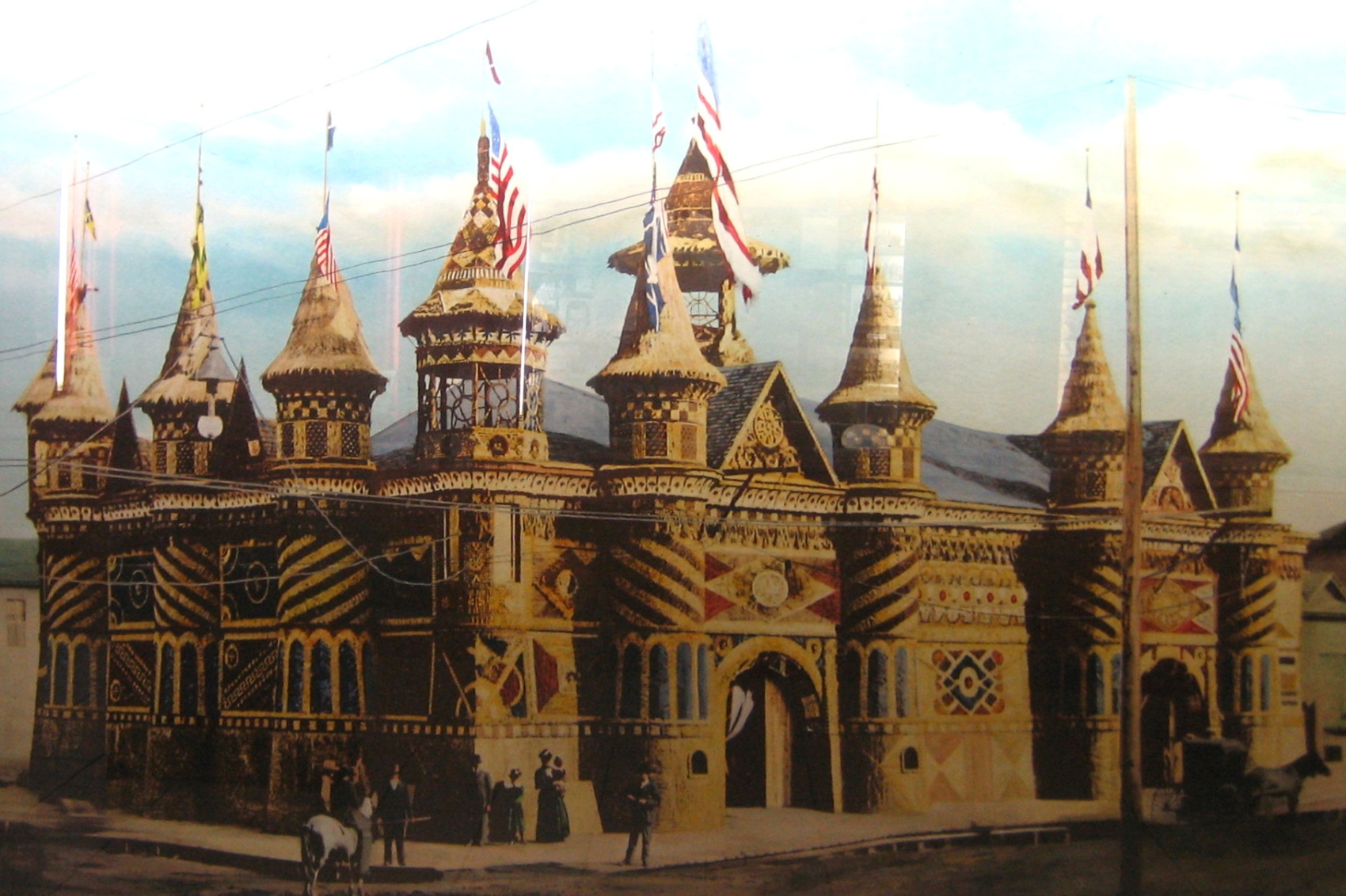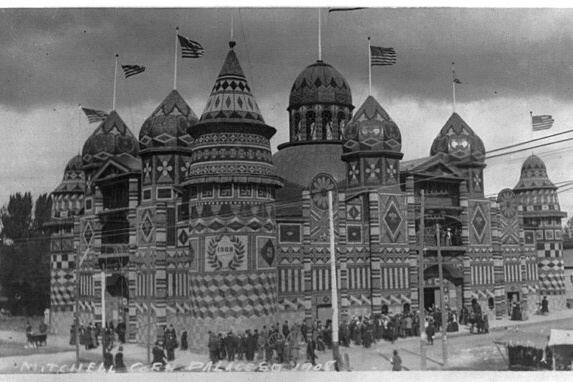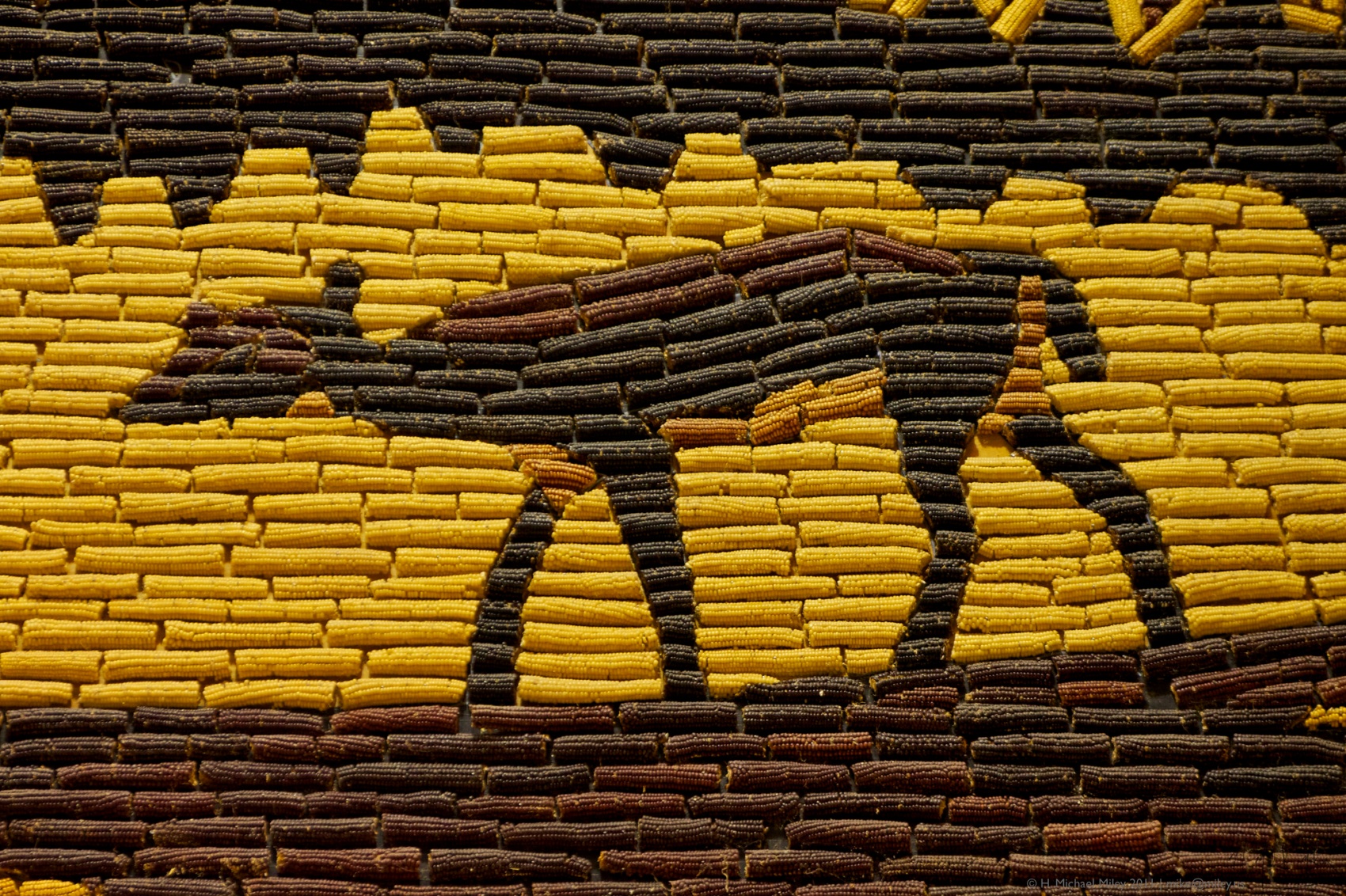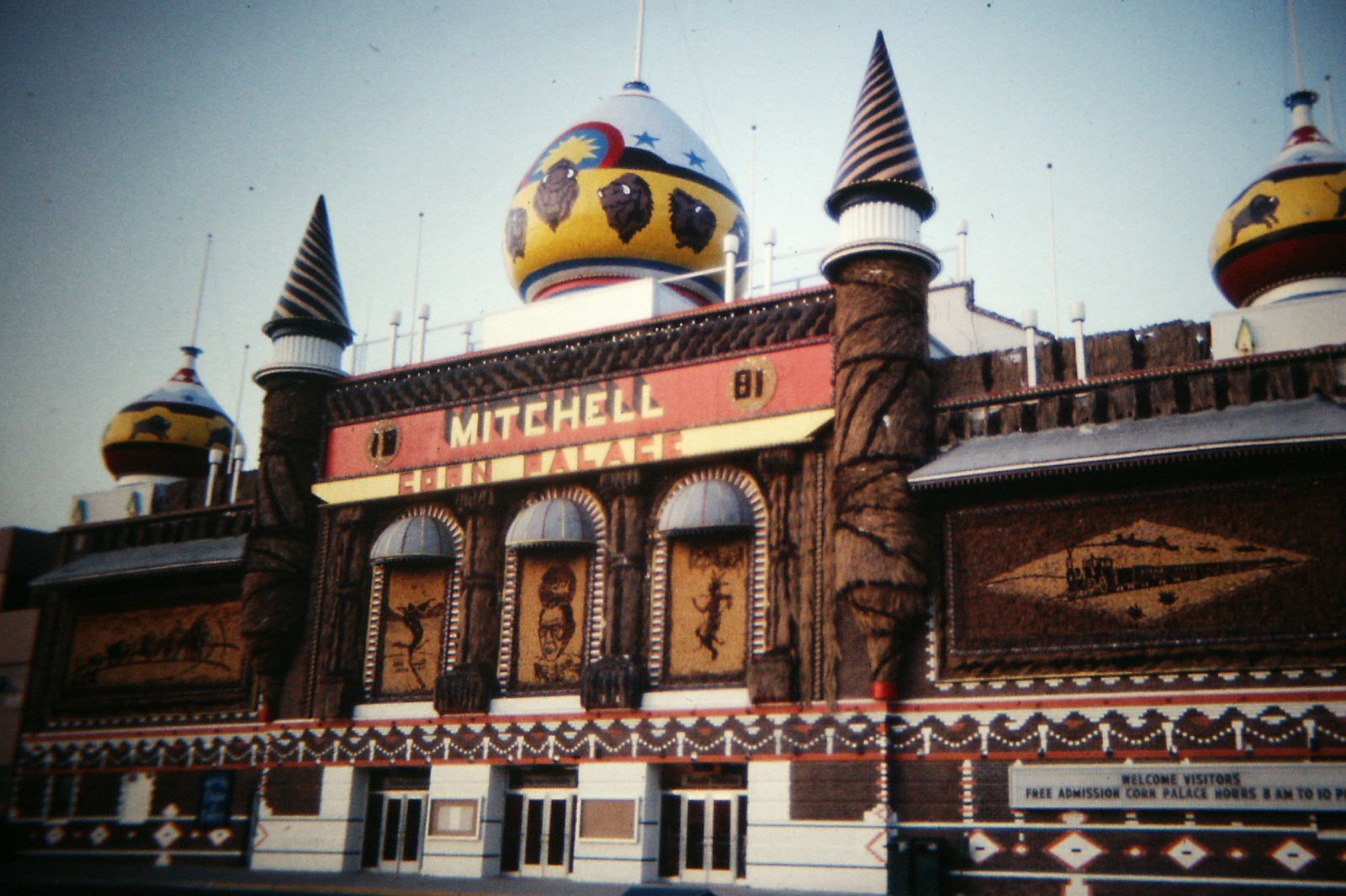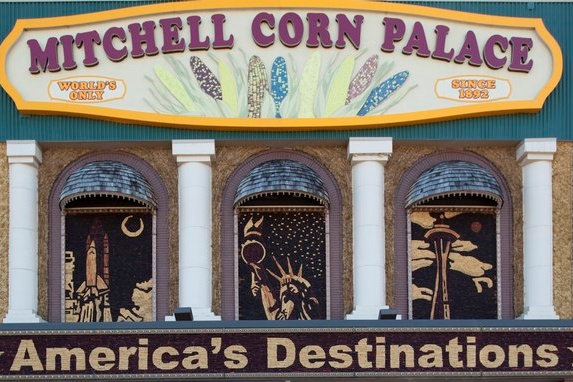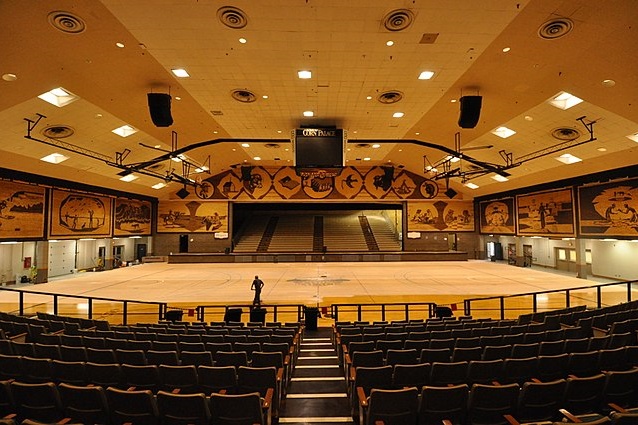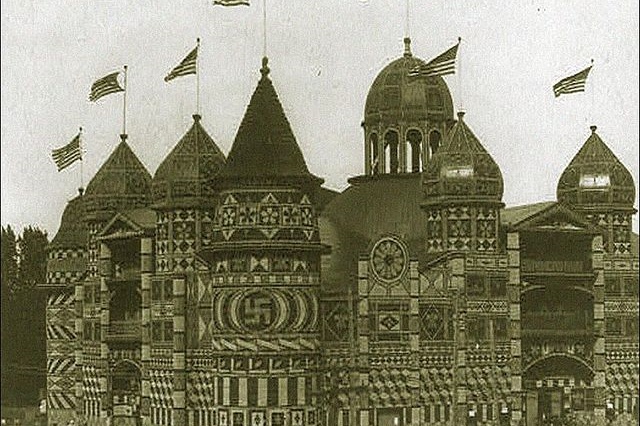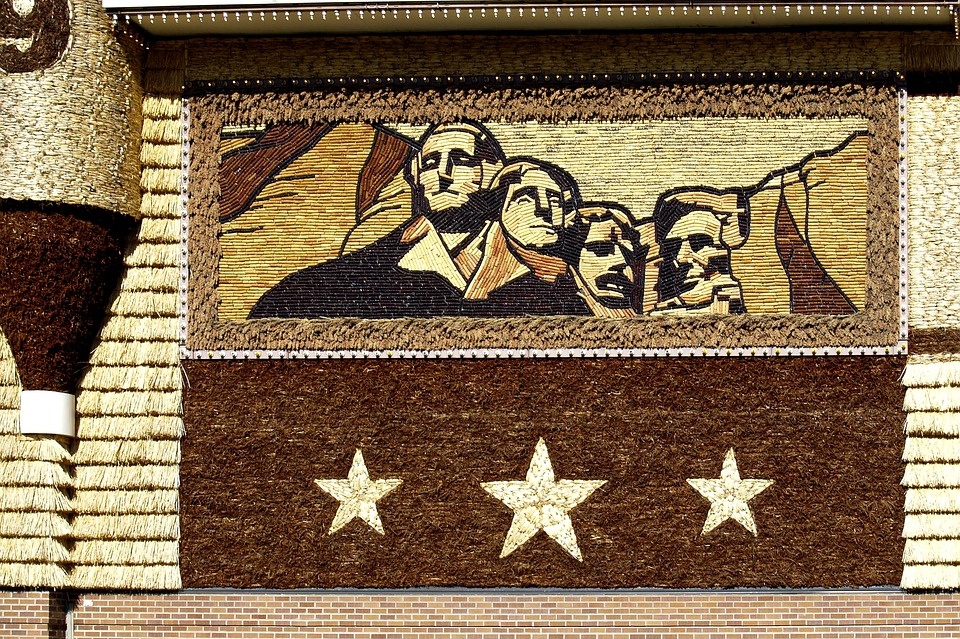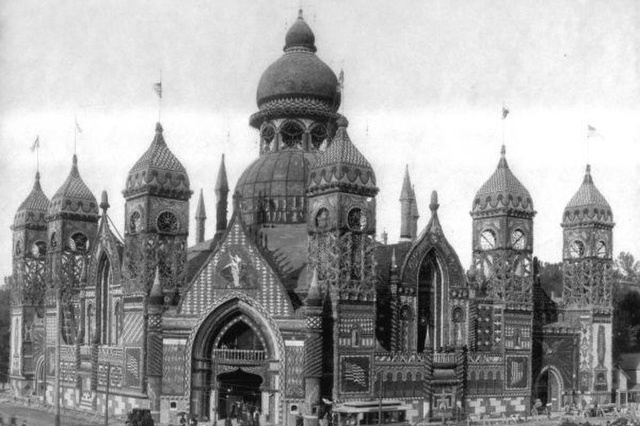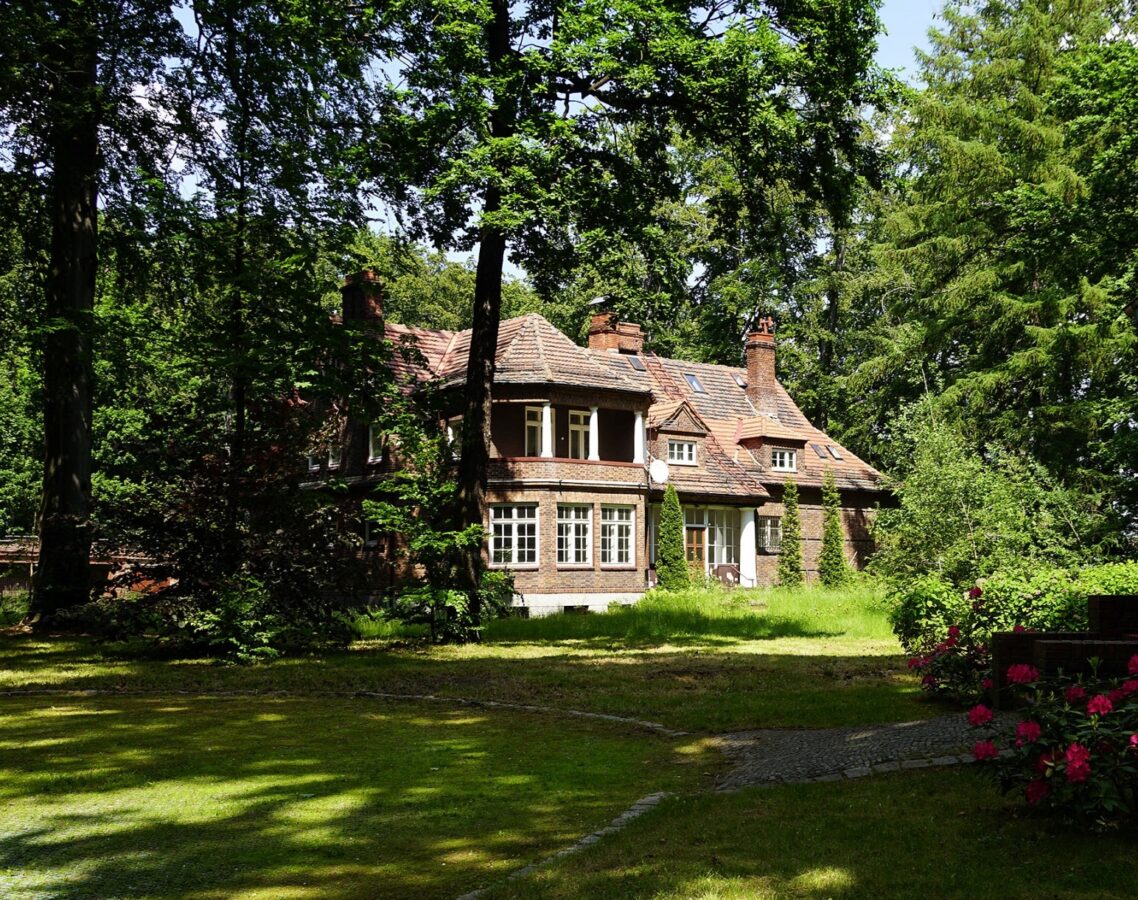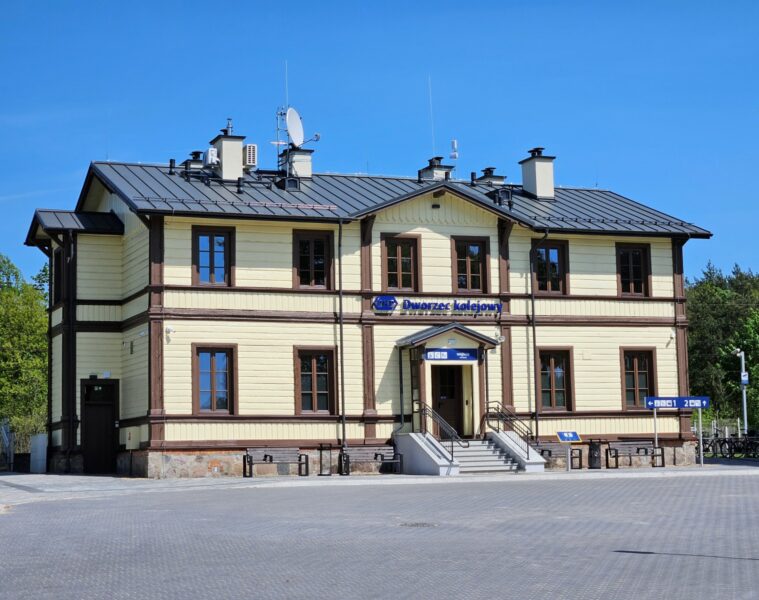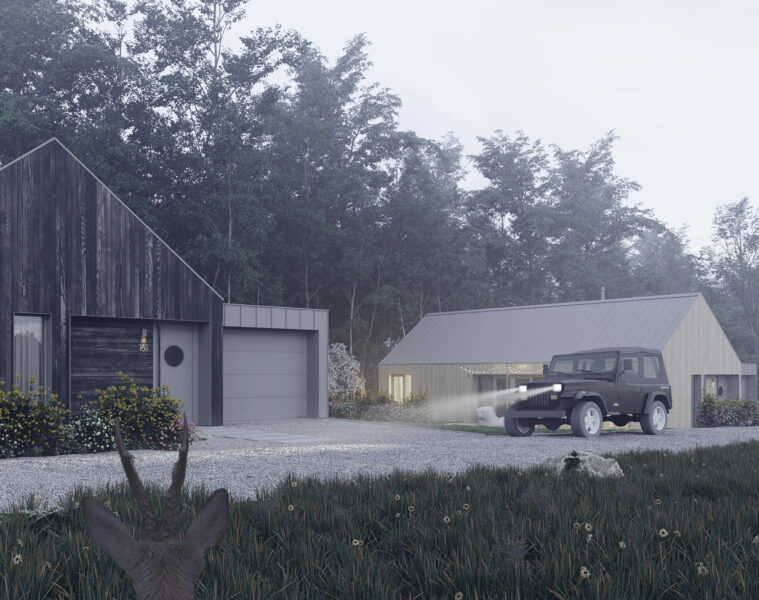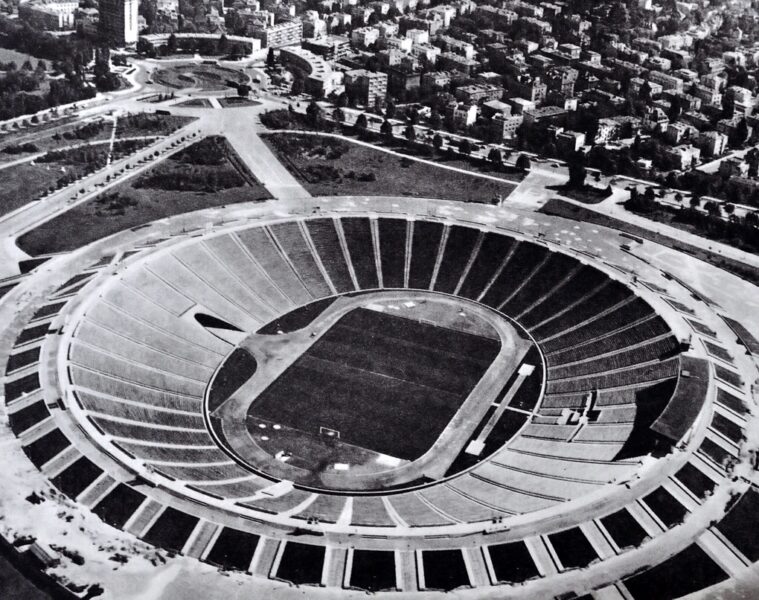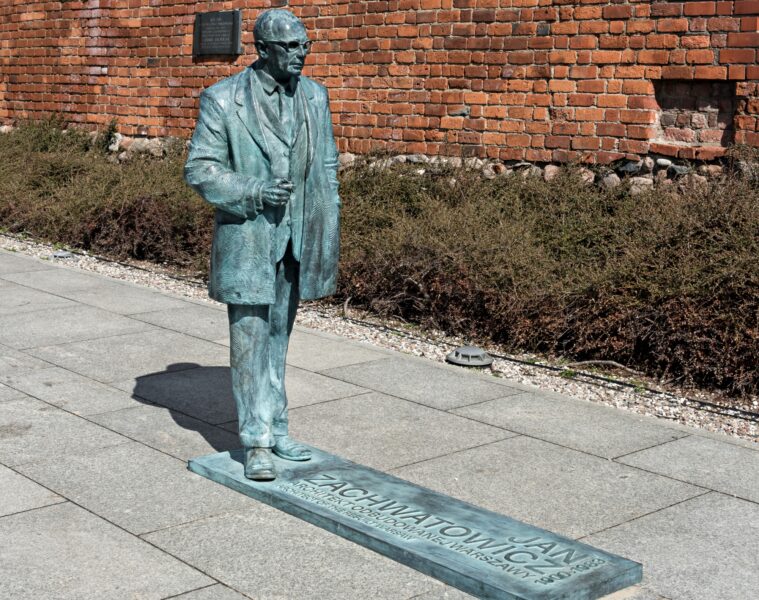The world’s only corn palace in South Dakota is an original symbol of the culture of the US Midwest. Built in Mitchell, the palace has been in continuous operation since 1892. Each year, the building is decorated with different corncob murals.
At the end of the 19th century, many towns in the Midwest of the United States (Midwest) began to build corn palaces. These were buildings in the Neo-Moorish style, that is, referencing the Orient through eastern details and colours. Many of the buildings in this style, including the palaces in question, were modelled, above all, on Arab architecture in Spain. This romantic drift towards the Orient also reached the USA, where it was adapted into its own style.
Through the palaces, the local governments wanted to show the wealth and fertility of their lands. Such measures were intended to encourage people to move to the sparsely populated “Midwest”. The buildings were decorated with art installations made of various grains and harvests. Corn cobs proved to be the most malleable, for their shapes and colours. In some cases, grains or grasses (panicles) were used for plant murals. Contours were often made from sorghum, a Native American grain. Finally, the individual pieces were tied together with wire and attached to the walls of the palace.
It quickly became apparent that these types of buildings were becoming popular attractions, generating significant revenue. The buildings served as halls for various events. Even so, the main attraction of the palaces was their architecture. The most impressive palaces were built in, among others: Sioux City in Iowa, Gregory in South Dakota and the aforementioned Mitchell. Interestingly, the popularity of the palace in Mitchell had a significant impact on the ambitions of the town government. The small town began to apply for South Dakota state capital status. In 1905, the corn palace was expanded in order to best represent Mitchell in the region. However, the town’s efforts failed to convince the state government to move the capital from Pierre. Apparently, a beautiful corn palace is not enough to govern the state.
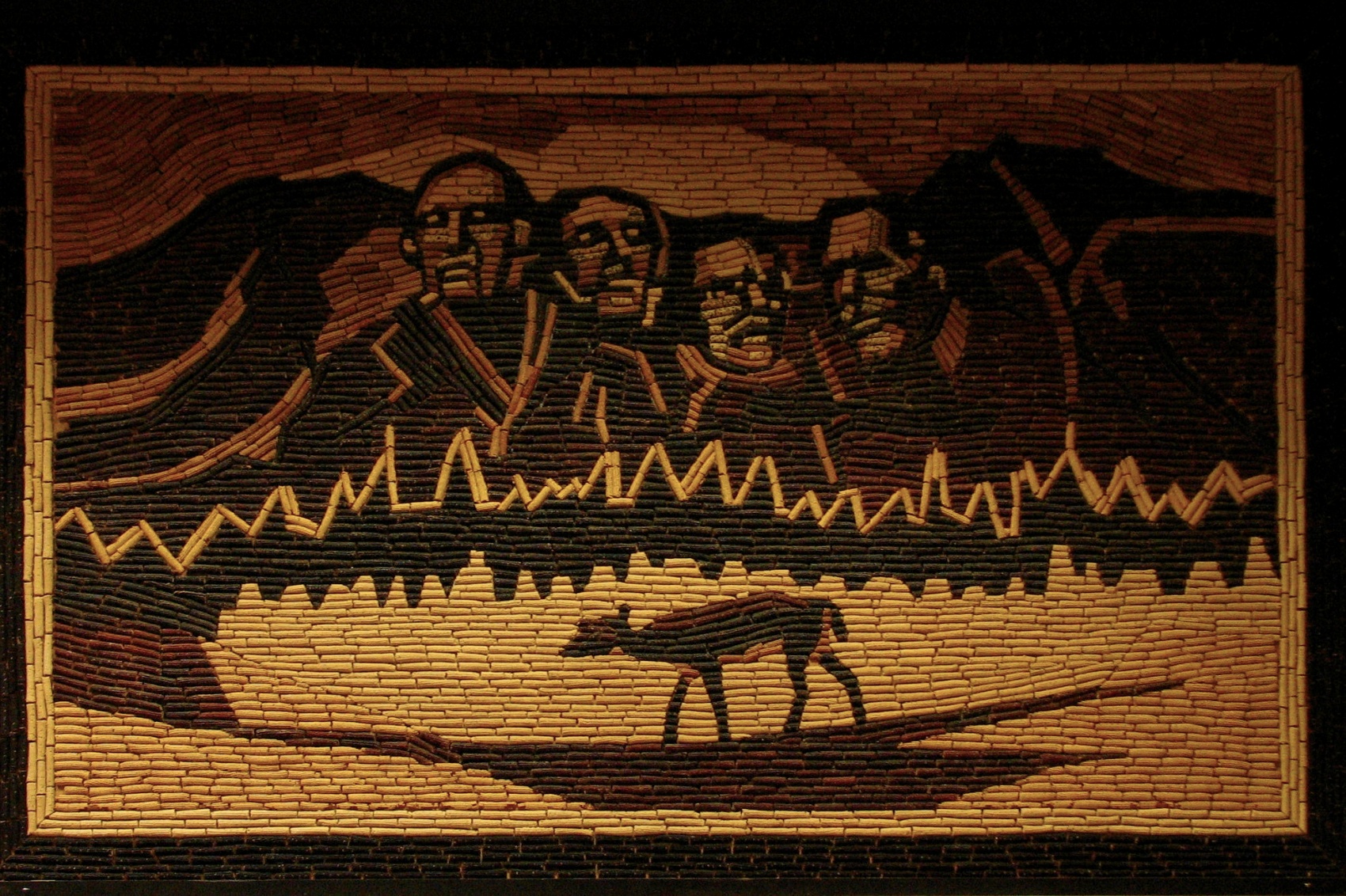
Despite unsuccessful attempts to become the state capital, it was decided to further redevelop the palace. In 1921, the firm of Rapp and Rapp of Chicago rebuilt the palace in the form that can be seen today. Russian-style domes on the turrets were added in the 1930s.
In time, however, success came to Mitchell, but in a somewhat unexpected form. The palace in question is the only one to have survived to the present day. Today, the town boasts that it is the original and only corn palace in the world. The other palaces were gradually dismantled through lack of profitability and fire hazards. Eventually, of the 34 palaces, only one remained.
The corn palace in Mitchell is a monument of special significance to the Midwest. Each year, as many as 275,000 corn cobs are used to decorate it. Regionally renowned artists work on the murals, and the motifs they depict relate to national values. The Palace continues to generate revenue for the city through concerts and sporting events.
source: sdpb.org(www.sdpb.org)
Also read: United States | Monument | Palace | Interesting facts | whiteMAD on Instagram

